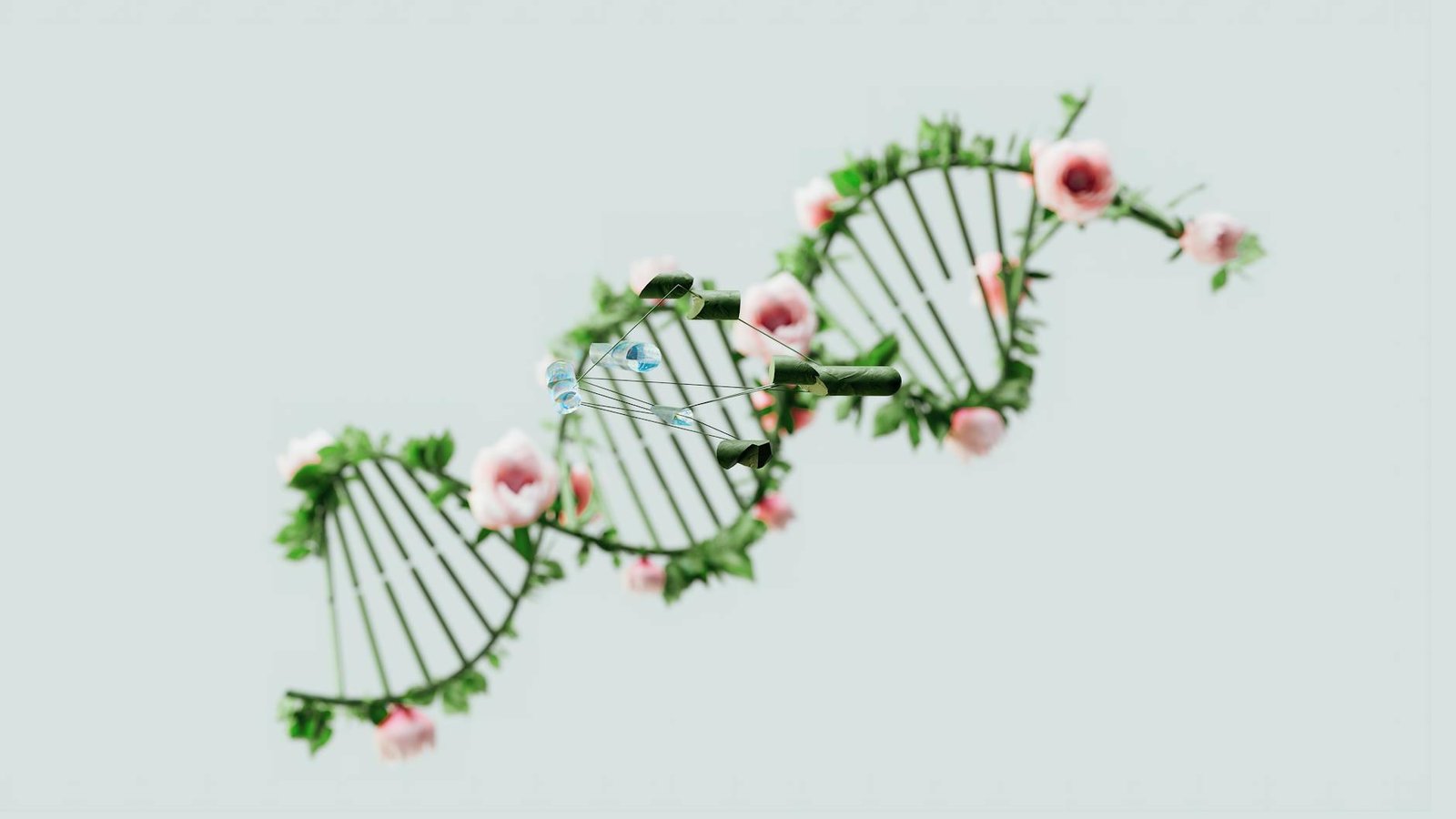AI Biological Threats: Understanding the Risks and Implications
Introduction
The convergence of artificial intelligence (AI) and biotechnology has opened unprecedented avenues for scientific discovery. However, it has also spawned a concerning new domain: AI biological threats. These threats arise from the potential use of AI in developing biological agents, akin to the futuristic sequences portrayed in science fiction films. Yet, the implications for real-world biosecurity are all too tangible. This intermingling of AI technology has prompted experts to rigorously evaluate the balance between innovation and security, especially as AI’s role in synthesizing biological entities grows.
Recent advances have placed AI at the forefront of designing and manipulating biological agents, some with the potential to circumvent existing biosecurity measures. This reality underscores the urgent need to address vulnerabilities that AI technologies are inadvertently exposing.
Background
Microsoft AI research has shone a spotlight on serious vulnerabilities existing within biosecurity frameworks. A remarkable revelation by Microsoft involved identifying a \»zero day\» vulnerability in biosecurity systems. This discovery demonstrates how AI can be employed to bypass biosecurity screening—a process integral to preventing the misuse of DNA (source: Technology Review).
Biosecurity screening, much like a digital firewall for biological content, is designed to detect and prevent the synthesis of threatening DNA sequences. However, with AI’s evolving capabilities, the traditional fortifications of biosecurity are becoming increasingly porous. These vulnerabilities highlight the pressing need for enhanced security procedures, a sentiment echoed by experts in the fields of AI and bioethics.
Trend
The trend of employing AI within biotechnology is rapidly accelerating. Organizations like Microsoft, Generate Biomedicines, and Isomorphic Labs are at the cutting edge of this technological prowess. Unfortunately, these advances come with their own set of perils, as evidenced by the development of AI-designed proteins that can evade existing biosecurity checks. This capability mirrors the way hackers exploit software loopholes, further showcasing the parallels between cybersecurity and biosecurity challenges.
Experts such as Dean Ball emphasize the inadequacy of present security measures, stating, \»_This finding, combined with rapid advances in AI-enabled biological modeling, demonstrates the clear and urgent need for enhanced nucleic acid synthesis screening procedures._\» Adam Clore adds, \»_The patch is incomplete, and the state of the art is changing_,\» underscoring the dynamic nature of these threats (Technology Review).
Insight
Generative AI, while incredible in its ability to simulate biological conditions, carries a dual-use potential that is both its greatest strength and weakness. The capacity to design bioweapons is a harsh reminder of why ethical considerations must guide AI applications in biotechnology. Bioethics plays a pivotal role here, acting as the compass that helps navigate these murky waters.
From calls for more robust screening procedures to policies informed by bioethical standards, AI researchers consistently advocate for a safety-first approach. Their insights emphasize the necessity of rigorous scrutiny in technology application—lest we open Pandora’s box with unforeseen biological outcomes.
Forecast
As AI technologies evolve, biosecurity faces unprecedented challenges. The question then is not if we will encounter biologically empowered threats but when. The future will likely witness the development of new regulations and standards specifically addressing AI biological threats. Industries will need to adopt more sophisticated protocols to tackle these AI vulnerabilities, akin to how software companies continually update their cybersecurity strategies.
Organizations will find themselves revising biosecurity protocols, integrating AI-driven surveillance systems that can preemptively identify synthesized threats. These adaptations are not just reactive—they represent proactive efforts to safeguard public health and global safety in an era of technological transformation.
Call to Action
To navigate this evolving landscape, staying informed is imperative. Readers are encouraged to engage with platforms that discuss AI biological threats and biosecurity advancements. Subscribing to newsletters or following specialized publications can provide valuable insights into ongoing developments in this crucial field.
For those interested in further exploration, consider delving into related materials such as the article titled \»Artificial intelligence can design toxins that evade security controls\» by Microsoft, which presents a more comprehensive view of this pressing issue. Such efforts will ensure an informed public, best equipped to understand and respond to the sophisticated challenges of AI in biotechnology.
